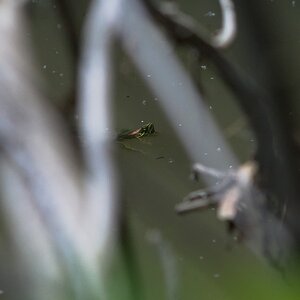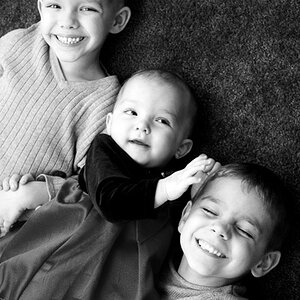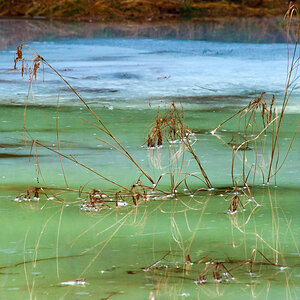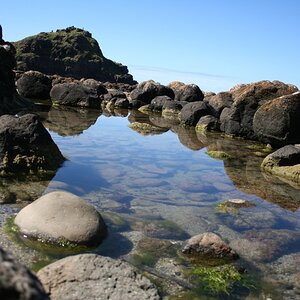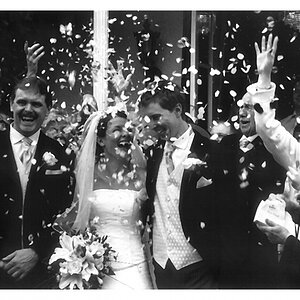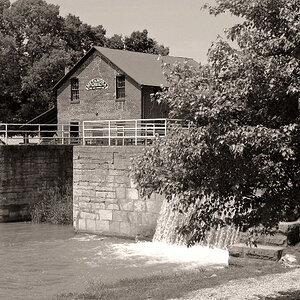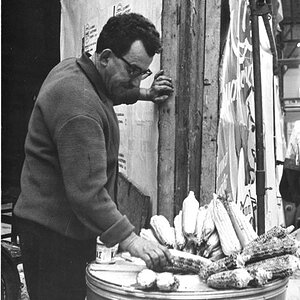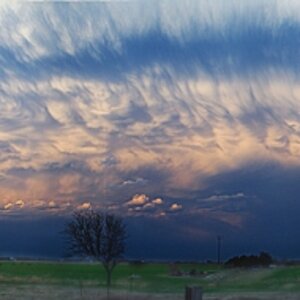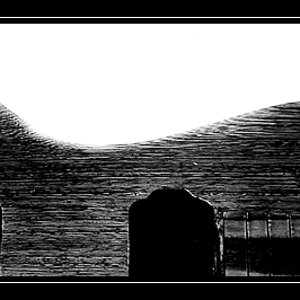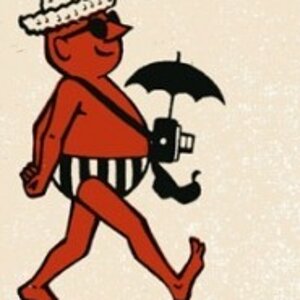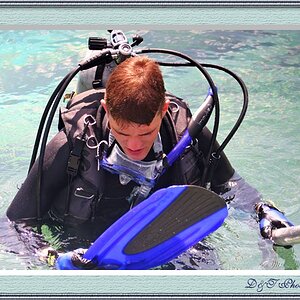mwcfarms
No longer a newbie, moving up!
- Joined
- Mar 16, 2010
- Messages
- 2,655
- Reaction score
- 179
- Location
- Southern Alberta
- Website
- www.deannachambers.com
- Can others edit my Photos
- Photos OK to edit
First off let me apologize for the stupid ???'s about to exit my mouth. 
Off camera lighting. I have a SB-600 and my D90. I have been trying to work on Strobists assignments but am frustrated with the manual and explanations in Nikons manuals. They really suck monkey balls. Is it better to use straight TTL and use the flash compensation or go fully manual. I am trying to overpower the ambient light in my basement. Which is a couple of those fluorescent lights. Does anyone have any link to sites or can you recommend good literature that might explain this. I have a course in flash coming up in October but wanted to get a head start on my own. :blushing:
Appreciate any info. I have found on Amazon these books but not sure which to try first. If you have read these and found them wanting please speak up.
Light: Science and Magic: An Introduction to Photographic Lighting: Amazon.ca: Steven Biver, Paul Fuqua, Fil Hunter: Books
The Nikon Creative Lighting System: Using the SB-600, SB-800, SB-900, and R1C1 Flashes: Amazon.ca: Mike Hagen: Books
Nikon Creative Lighting System Digital Field Guide: Amazon.ca: J. Dennis Thomas: Books
Speedlights & Speedlites: Creative Flash Photography at the Speed of Light: Amazon.ca: Lou Jones, Bob Keenan, Stephen Ostrowski: Books

Off camera lighting. I have a SB-600 and my D90. I have been trying to work on Strobists assignments but am frustrated with the manual and explanations in Nikons manuals. They really suck monkey balls. Is it better to use straight TTL and use the flash compensation or go fully manual. I am trying to overpower the ambient light in my basement. Which is a couple of those fluorescent lights. Does anyone have any link to sites or can you recommend good literature that might explain this. I have a course in flash coming up in October but wanted to get a head start on my own. :blushing:
Appreciate any info. I have found on Amazon these books but not sure which to try first. If you have read these and found them wanting please speak up.
Light: Science and Magic: An Introduction to Photographic Lighting: Amazon.ca: Steven Biver, Paul Fuqua, Fil Hunter: Books
The Nikon Creative Lighting System: Using the SB-600, SB-800, SB-900, and R1C1 Flashes: Amazon.ca: Mike Hagen: Books
Nikon Creative Lighting System Digital Field Guide: Amazon.ca: J. Dennis Thomas: Books
Speedlights & Speedlites: Creative Flash Photography at the Speed of Light: Amazon.ca: Lou Jones, Bob Keenan, Stephen Ostrowski: Books
As an Amazon Associate we earn from qualifying purchases.


